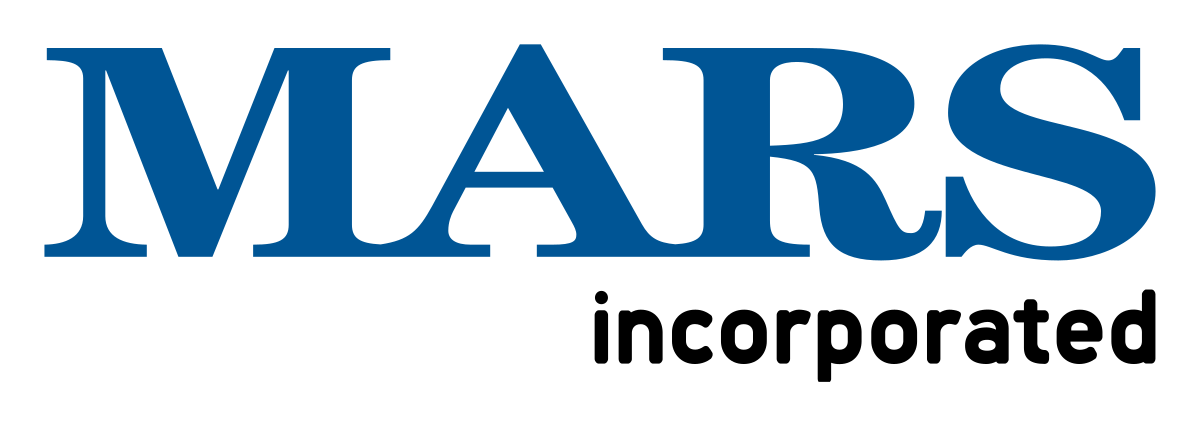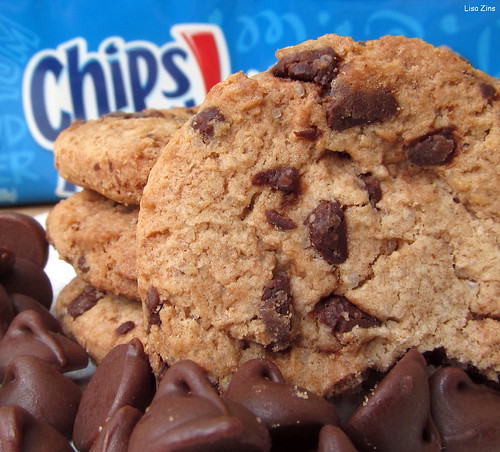About The Hershey Company
Hershey is one of those brands that is so iconic that hardly anyone ever realizes it.
Let us explain.
Founded in Lancaster, Pennsylvania in 1894, Hershey sold its first candy bar in 1900. Milton Hershey founded his company, which was originally incorporated as the Lancaster Caramel Company (Hershey, believe it or not was the company’s subsidiary at the time) and initially sold chocolate bars and in 1907 began selling Hershey’s Kisses.
The rest can be considered history.

Since the chocolate-obsessed Hershey has passed, the company has continued to grow astronomically and become one of the largest chocolate manufacturers, marketers and sellers of all time. While many of their products are centered around their famous and well-consumed (yes, that’s our fancy way of saying a lot of people eat it) original chocolate bar, they’ve added some notable brands to their snack portfolio over time.
For instance, the company is home to Hershey’s, Almond Joy, Rolo, Twizzlers, York Peppermint Pattie, Reese’s, Kit Kat (among others) and hopefully something you can score if you invest in the company’s stock, a PayDay.
As the snack foods, candy and confectionery market is brutally competitive, the company’s main competitor is privately held, Virginia-based Mars Incorporated. Other than that, Hershey doesn’t have much as it relates to competition in the chocolate-sphere, as Hershey and Mars reportedly control over two-thirds of the chocolate market in the United States.
So much for proper application of antitrust law.
While the company is iconic, widespread and tasty, let’s delve into Hershey’s financials and figure out whether or not the company’s stock is worth considering investing in for years to come.
The Hershey Company’s stock financials
Shares of the company’s stock are currently trading at around $233, with the company maintaining a market capitalization of $47.73 billion, a price-to-earnings (P/E) ratio of 29.35 all while paying out an annual dividend of $4.14 to shareholders.
Based on the company’s current P/E ratio, the stock is overvalued, as it’s currently well above 20, which is generally accepted to indicate that a stock is trading at fair value and anything above is said to be overvalued.
This makes sense given that the company’s stock price has performed quite well over the past five years, generating a return of nearly 110%.

Sadly, we can’t control how well the company’s stock performs or when it’s over or undervalued.
Now is a good time to dig deeper into the core numbers of the company.
Specifically, Hershey’s balance sheet consists of around $10.4 billion in total assets and approximately $7.6 billion in total liabilities.
While their total liabilities seem a bit high, this is an operation and debt-heavy business, no matter how big of a company you are. Another expense seldom considered is the cost of goods as it relates to commodity prices of crucial product ingredients such as cocoa.
Additionally, their total long term debt stands at just north of $4 billion which is likely tied up in factories, confectionaries, machinery and other necessary equipment needed to allow the company to operate at a high level. We point this out because we found it encouraging that a substantial portion of the company’s total liabilities is long-term in nature. The Hershey Company, being the established gigantic candy and snack company it is, will likely have little to no issue paying down their debt in the long run, as long as the company’s executive team remain good stewards and managers of debt.
Shifting gears a bit, when it comes to generating consistent, shallow up-trending revenue, Hershey does it well.
Very well.
Their total revenue has grown each year since 2017, starting at around $7.5 billion and climbing to nearly $9 billion in 2021.
This is exactly the revenue trend our team loves to see. Nothing too high or low, but consistently growing and expanding over the long term.
The Hershey Company’s stock fundamentals
One of the typical benefits of being an industry leader is the ability to nab a considerable net profit margin.
The Hershey Company is no exception.
The company’s trailing twelve month (TTM) net profit margin currently stands at just over 13% higher than the industry average. For a company with Hershey’s scale combined with the competition and low price points in the candy and snack spaces, this is quite impressive. While our team expected Hershey to have a relatively high net profit margin, this is higher than we initially expected.

Equally satisfying, the company’s TTM returns on equity, assets and investment are all considerably higher than that of the industry average.
Suffice it to say this company has some very impressive financials.
Considerations for The Hershey Company
One interesting thing that should be considered is the fact that a considerable portion of the company’s ownership lies in the hands of the Hershey Trust Company. While a minority owner in shares, the Trust owns a majority stake of the voting power which is an important distinction to make.
This pretty much means that while the Trust owns a rather large minority stake in the company, they also hold the majority of voting power which means that a lot of important decisions have to be approved by the Trust before being enacted by the company.
This could be good or bad.
However, in the long run this will likely be a good thing given that the trust is financially incentivized to make decisions in the best interest of the company, as future appreciation of the stock price depends on it.
Additionally, while the company has a host of well-known, profitable snack brands under its corporate umbrella, we think Hershey could potentially stand to benefit from investing heavily in other brands through acquisitions.
While the likelihood of Hershey acquiring Mars, its largest competitor and the largest candy company in the world is low given the sheer cost of doing this and regulatory hurdles they likely wouldn’t be able to overcome, adding more snack and candy-focused brands might not hurt in the long run, especially if they want to extract any bite of market share they can from Mars.

In fact, we think the company should be especially motivated to engage in this sort of activity (probably best to pursue during the later stages of or during the coming recession, in order to potentially buy valuable assets at a discount) given that Mars itself has made sizeable acquisitions in past, including its blockbuster $23 billion purchase of the Wrigley Company in 2008.
Consolidation seems inevitable in the candy industry.
After doing some research, we think Italian-owned Ferrero might be a solid possible contender for acquisition for Hershey’s to consider. The privately held company currently owns Nutella, Tic Tac, Kinder, Baby Ruth, Butterfinger and other renowned brands.
Along with Ferrero, another one of Hershey’s stateside competitors, Mondelez, has some brands that the company might be interested in acquiring such as Chips Ahoy!, Oreo, Sour Patch Kids, Toblerone and Trident among other less chocolate and candy-centric brands.

While it’s natural to think of the company simply acquiring an entire company and all of its brands outright, it might make more sense for Hershey (especially given its relatively high amount of total liabilities currently on its balance sheet) to acquire certain brands and not entire companies.
This is just food for thought.
Should you buy The Hershey Company’s stock?
Hershey is a storied, huge, financially viable and tasty company.
I personally favor their Heath bars.
Nevertheless, the stock is currently overvalued and while we think the company is capable of delivering solid returns moving forward, we don’t see enough future growth to warrant buying shares at a material premium.
Given all of this information, we currently give the company a “hold” rating.
DISCLAIMER: This analysis of the aforementioned stock security is in no way to be construed, understood, or seen as formal, professional, or any other form of investment advice. We are simply expressing our opinions regarding a publicly traded entity.